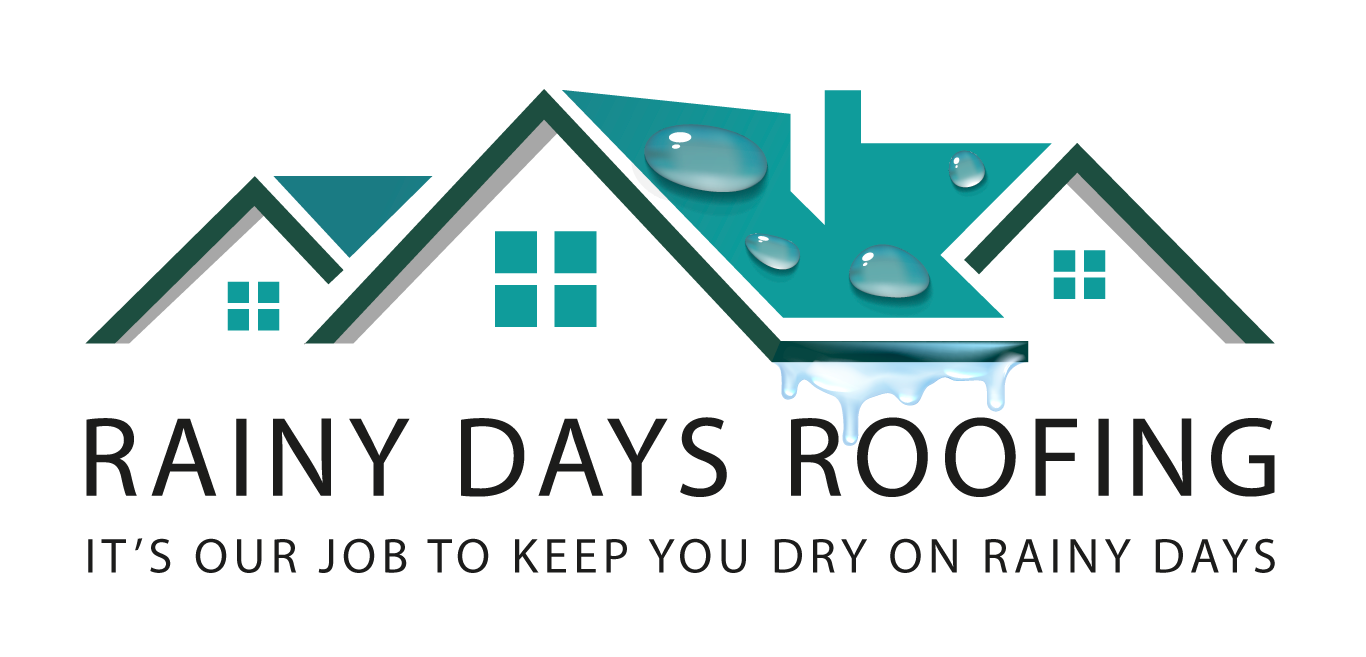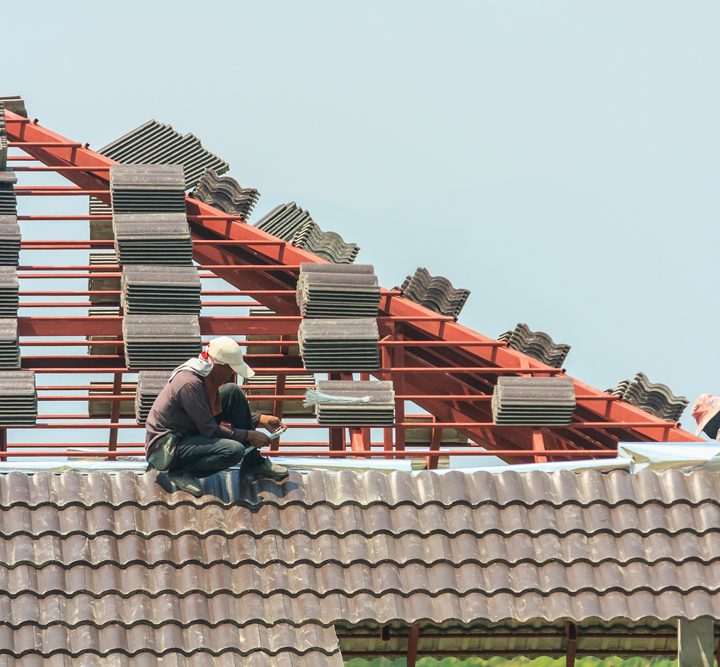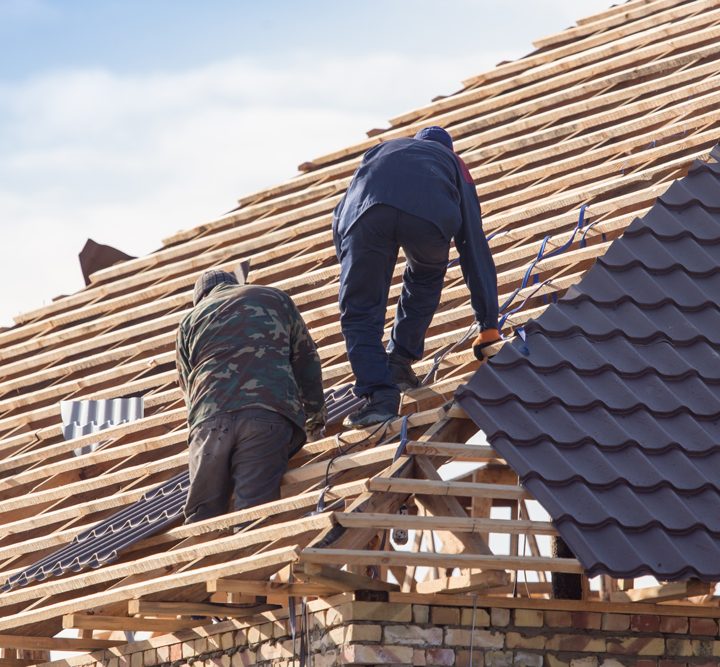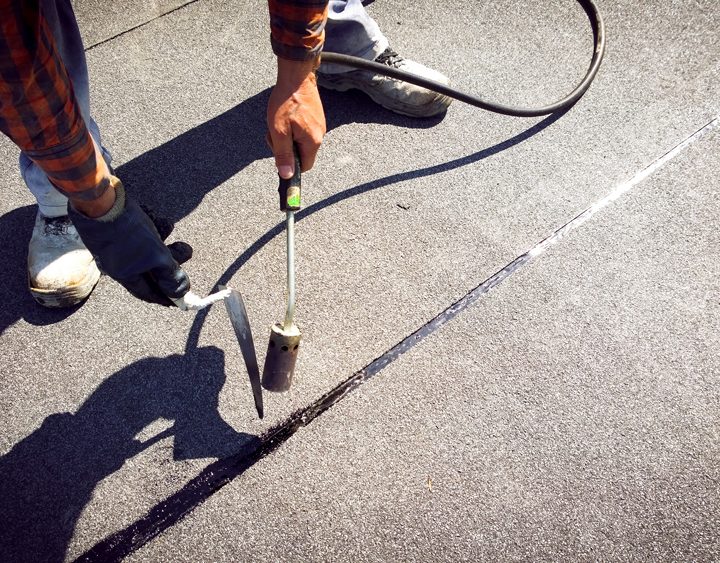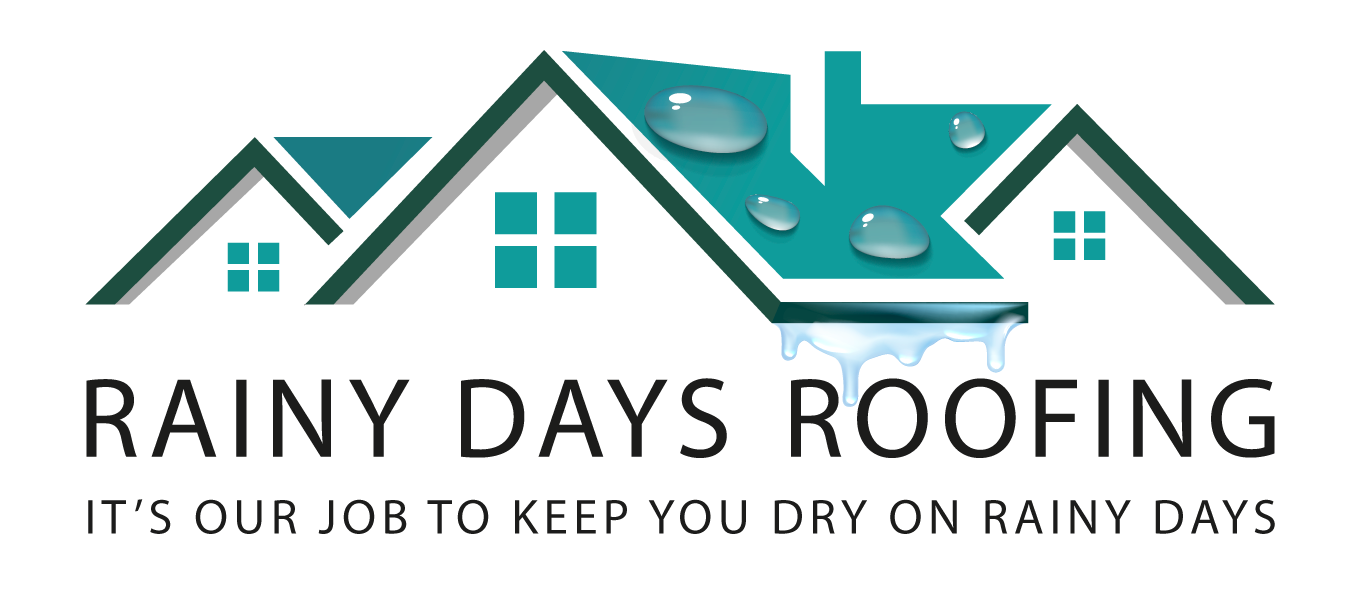Roof Flashing Failures: What to Look Out For
Roof flashing plays a crucial role in protecting your home from water intrusion. Installed around chimneys, valleys, vents, skylights, and edges, flashing acts as a barrier that channels water away from vulnerable areas. However, even minor roof flashing problems can lead to significant structural damage if left unaddressed. In this guide, we’ll explain what flashing is, why it fails, how to spot issues early, and what you can do to prevent costly repairs.
What Is Roof Flashing?
Roof flashing refers to thin pieces of metal or other durable material installed at intersections and joints on your roof where leaks are most likely to occur. Common materials include:
Galvanised steel
Aluminium
Lead (especially in older or heritage properties)
Copper
It’s typically found around:
Chimneys
Roof valleys
Skylights
Vents and flues
Dormer walls and roof edges
Properly installed flashing should redirect water toward gutters and away from seams and penetrations in the roof.
Why Roof Flashing Fails

Flashing can deteriorate or become compromised over time for a variety of reasons:
Age and corrosion: Metal flashing rusts and degrades after prolonged exposure.
Poor installation: Improper nailing or sealing can cause early failure.
Weather impact: Heavy storms, ice, and wind can dislodge or bend flashing.
Thermal expansion: Metals expand and contract with temperature changes, weakening joints.
Improper repairs: Using sealant instead of replacement can lead to further problems.
According to the National Federation of Roofing Contractors (NFRC), flashing is among the most commonly overlooked elements during roof maintenance—and one of the leading causes of leaks.
More information: What is Roof Flashing and Why is it Important?
Warning Signs of Flashing Problems
Early detection is key to preventing water ingress and interior damage. Look out for:
Water stains on ceilings or loft beams
Rusted or missing flashing around chimneys and skylights
Bent or lifted metal along valleys
Cracks or gaps in sealant around vents
Dripping water in the loft during or after rainfall
You can also perform a visual inspection from the ground or hire a qualified roofing professional for a close-up assessment.
More information: How to Spot Roof Damage After a Storm
Common Areas Where Flashing Fails

Certain parts of the roof are more prone to flashing issues:
Chimneys – Old lead flashing can crack, lift or detach due to mortar deterioration.
Valleys – Heavy rain funnels water here; even slight misalignment can cause pooling.
Dormers and wall junctions – Where vertical walls meet the roof slope.
Skylights and roof windows – Require precise flashing kits; DIY jobs often fail.
Eaves and drip edges – Flashing here prevents water from seeping behind fascia boards.
More info: Why Roof Flashing Fails and What You Can Do About It
Preventative Measures to Avoid Flashing Issues
Keeping your roof flashing in good shape doesn’t need to be costly. Here’s how:
Schedule a professional inspection at least once per year.
After storms, do a quick visual check for bent or missing flashing.
Ensure proper ventilation in the loft to reduce moisture build-up.
Repoint mortar around chimneys when it starts to crack.
Avoid DIY sealant jobs unless professionally guided.
Repair or Replace? What to Do When You Spot Trouble
Depending on the extent of the problem, you might need:
Minor resealing – for small cracks or loose joints.
Partial replacement – when flashing has lifted or corroded in a specific section.
Full replacement – for large sections of damaged or outdated flashing (e.g., lead replacement on older chimneys).
A professional roofer can advise whether temporary repairs are safe or if a full flashing system needs to be replaced. Quick fixes may save money short-term but lead to future problems.
Final Thoughts
Roof flashing problems are a leading cause of water damage in homes across London and Essex. By recognising the signs early and performing seasonal maintenance, you can prevent leaks, protect your loft, and avoid expensive repair bills. Don’t ignore bent metal or missing flashing—these small details could become big issues.
Need help assessing your roof flashing? Contact the team at Rainy Days Roofing for a professional inspection and advice tailored to your property.

Author

